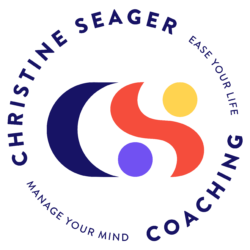Ever notice how quickly a conversation can fall apart, whether it’s with a colleague, patient, or your team? You start with the best intentions, but suddenly the other person shuts down, leaving you frustrated and stuck.
These breakdowns happen when we focus on what someone did “wrong” rather than trying to understand their perspective. This often leads to defensiveness, miscommunication, and missed opportunities for collaboration.
But there’s a better way.
Collaborative communication shifts the focus from judgment to curiosity, allowing for open, productive conversations where everyone feels heard and respected.
Here’s how to start:
- Manage your emotions. Before engaging, check in with yourself. If you’re frustrated or angry, take a moment to calm down. Deep breaths or a brief pause can make a huge difference in setting a positive tone.
- State what you see objectively. Stick to the facts. Instead of saying, “You never finish things on time,” try, “I noticed the project wasn’t completed by the deadline.” This avoids blame and keeps the conversation neutral.
- Validate their experience. Show the other person that you understand their feelings. Use phrases like, “I get how this situation could have been frustrating for you.” When people feel understood, they’re more likely to open up and collaborate.
By following these three steps, you create a safe, respectful environment that fosters honest conversation and problem-solving. Want to take it further? Join my masterclass on Collaborative Communication, where we’ll dive deeper into the full process and explore ways to apply these skills in your workplace and at home. Registration is required and you can do so here.
Reminder: as part of the benefits offered at Logan Health, employees get coaching sessions at no cost to them. You can book a coaching session here.
P.P.S. Liked what you read? Join my email list, where I dive deeper into these concepts and teach you HOW to put them into practice in your everyday life. And don’t forget to follow me on Instagram (@christineseager_) or Facebook (@seager.christine), where I share both teaching moments and real-life examples of this work in action.

